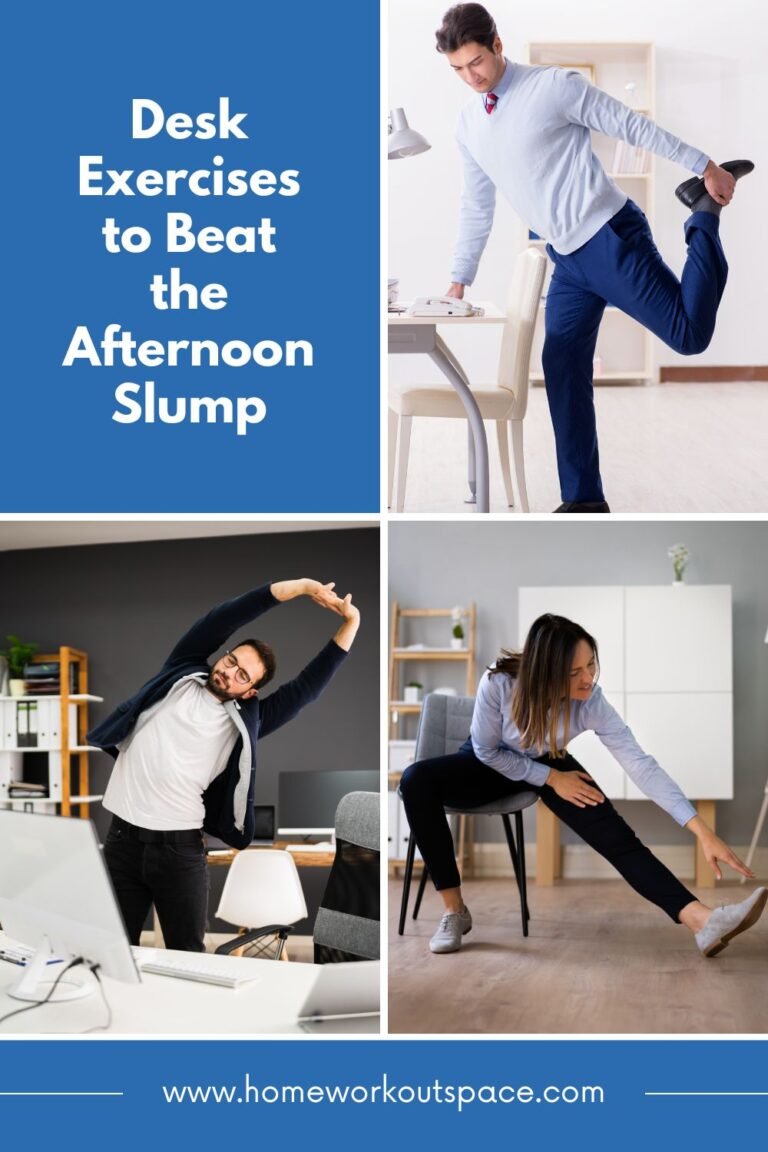Home Workouts for Seniors: Stay Active and Fit at Any Age
Staying active and fit is crucial for seniors to maintain their physical and mental well-being. As we age, our bodies undergo various changes that can lead to a decline in mobility, strength, and overall fitness levels.
However, with the right approach to exercise, seniors can combat these age-related challenges and enjoy an active, independent lifestyle.
Home workouts offer a convenient and safe way for seniors to stay fit without the need for expensive gym memberships or travel.
Natural Supplements To Help Support Your Home Workouts
✅ Increase Your Pumps And Performance
✅ Promote Muscle Growth And Boost Energy
✅ For Powerful Muscle Growth
✅ Pack On Lean Muscle
✅ Next-generation Fat Burner
✅ Supergreens For full spectrum nutrition
The Importance of Exercise for Seniors
Engaging in regular physical activity can provide numerous benefits for seniors, including:
- Improved Cardiovascular Health: Exercises that elevate the heart rate, such as walking or low-impact aerobics, can help strengthen the heart and improve circulation, reducing the risk of heart disease and stroke.
- Increased Muscle Strength and Flexibility: Strength training and stretching exercises can help maintain and improve muscle mass, flexibility, and balance, reducing the risk of falls and injuries.
- Better Bone Health: Weight-bearing exercises, such as walking or light weightlifting, can help maintain bone density and reduce the risk of osteoporosis.
- Improved Mental Well-being: Regular exercise has been shown to reduce the risk of cognitive decline, anxiety, and depression in seniors, promoting better mental health and overall quality of life.
Getting Started: Safety Considerations
Before beginning any home workout routine, it’s essential for seniors to consult with their healthcare provider, especially if they have any pre-existing medical conditions or mobility limitations. Here are some safety considerations to keep in mind:
- Warm up and cool down properly before and after each workout session to prevent injuries.
- Start slowly and gradually increase the intensity and duration of your workouts as your fitness levels improve.
- Listen to your body and adjust the exercises accordingly to avoid pain or discomfort.
- Stay hydrated by drinking water before, during, and after your workouts.
Low-Impact Cardio Exercises
Cardiovascular exercises are essential for maintaining a healthy heart and improving overall endurance. For seniors, low-impact cardio exercises are recommended to minimize stress on the joints. Here are some excellent options:
- Walking: Walking is a simple yet effective exercise that can be done indoors or outdoors, depending on your preference and accessibility. Start with shorter distances and gradually increase your pace and duration.
- Seated Cycling: If you have access to a stationary bike or a recumbent bike, seated cycling can be an excellent low-impact cardio option for seniors. Adjust the resistance and intensity to suit your fitness level.
- Swimming or Water Aerobics: For those with access to a pool, swimming or water aerobics can provide an excellent low-impact workout that is gentle on the joints while offering resistance for muscle toning.
Tips for Safe and Effective Cardio Workouts
- Invest in proper footwear with good arch support and cushioning to protect your joints.
- Use assistive devices, such as treadmills with handrails or stationary bikes with back support, if needed.
- Monitor your heart rate and aim for a moderate intensity level that allows you to carry on a conversation while exercising.
- Take breaks as needed and listen to your body’s signals to avoid overexertion.
Strength Training Exercises
Strength training is crucial for maintaining muscle mass, bone density, and overall functional strength as we age. Here are some effective strength training exercises that can be performed safely at home:
- Chair Squats: Stand in front of a sturdy chair, holding onto the back for support. Slowly bend your knees and lower your body as if you’re going to sit, then stand back up. Repeat for the desired number of repetitions.
- Wall Push-ups: Stand facing a wall, place your hands on the wall at shoulder height, and perform push-ups by bending your elbows and leaning towards the wall. This exercise targets the chest, shoulders, and arms.
- Resistance Band Exercises: Resistance bands are an affordable and versatile tool for strength training at home. They can be used for exercises targeting various muscle groups, such as bicep curls, tricep extensions, and leg presses.
- Dumbbell Exercises: If you have access to light dumbbells, you can incorporate exercises like shoulder raises, bicep curls, and calf raises into your routine.
Tips for Safe and Effective Strength Training
- Use proper form and technique to avoid injuries and maximize the benefits of each exercise.
- Start with lighter weights or resistance bands and gradually increase the resistance as you build strength.
- Breathe properly during each exercise, exhaling on the exertion phase and inhaling on the recovery phase.
- Allow for adequate rest and recovery between strength training sessions to prevent overuse injuries.
Balance and Flexibility Exercises
Maintaining good balance and flexibility is crucial for seniors to prevent falls and maintain independence in daily activities. Here are some exercises that can help improve these areas:
- Tai Chi: This gentle, low-impact form of exercise combines slow, graceful movements with deep breathing and mindfulness, improving balance, flexibility, and overall well-being.
- Yoga: Certain yoga poses and sequences can help seniors improve their balance, flexibility, and strength. Look for beginner or chair yoga classes or videos specifically designed for seniors.
- Seated Stretches: If mobility is limited, seated stretches can help maintain and improve flexibility in the arms, shoulders, back, and legs.
- Standing Balance Exercises: Exercises like heel-to-toe walking, standing on one leg, or using a balance board can help improve overall balance and stability.
Tips for Safe and Effective Balance and Flexibility Training
- Use support, such as a chair or wall, when needed to maintain safety and stability.
- Prioritize controlled movements over deep stretches to avoid potential injuries.
- Incorporate breathing exercises to promote relaxation and mindfulness during your routine.
- Gradually increase the duration and intensity of your balance and flexibility exercises as your skills improve.
Creating a Comprehensive Home Workout Plan
To achieve optimal fitness and well-being, it’s essential to incorporate a variety of exercises into your home workout routine. Here’s an example of a well-rounded weekly workout plan for seniors:
- Monday: Low-impact cardio (e.g., walking or cycling) and balance exercises
- Tuesday: Strength training (upper body)
- Wednesday: Flexibility and stretching (e.g., yoga or seated stretches)
- Thursday: Low-impact cardio (e.g., swimming or water aerobics) and balance exercises
- Friday: Strength training (lower body)
- Saturday: Rest or light stretching
- Sunday: Flexibility and balance exercises (e.g., Tai Chi)
Remember to listen to your body and adjust the intensity, duration, and frequency of your workouts as needed. Consistency is key to achieving and maintaining the benefits of regular exercise.
Final Thoughts
Staying active and fit is crucial for seniors to maintain their physical and mental well-being, independence, and overall quality of life. With the right approach to home workouts, seniors can overcome age-related challenges and enjoy an active, healthy lifestyle.
By incorporating a combination of low-impact cardio, strength training, balance, and flexibility exercises, seniors can achieve a comprehensive fitness routine tailored to their individual needs and abilities. Remember to prioritize safety, consult with healthcare professionals, and listen to your body throughout your fitness journey.
With determination and consistency, home workouts can become an enjoyable and rewarding part of your daily routine, enabling you to stay active and fit at any age.








